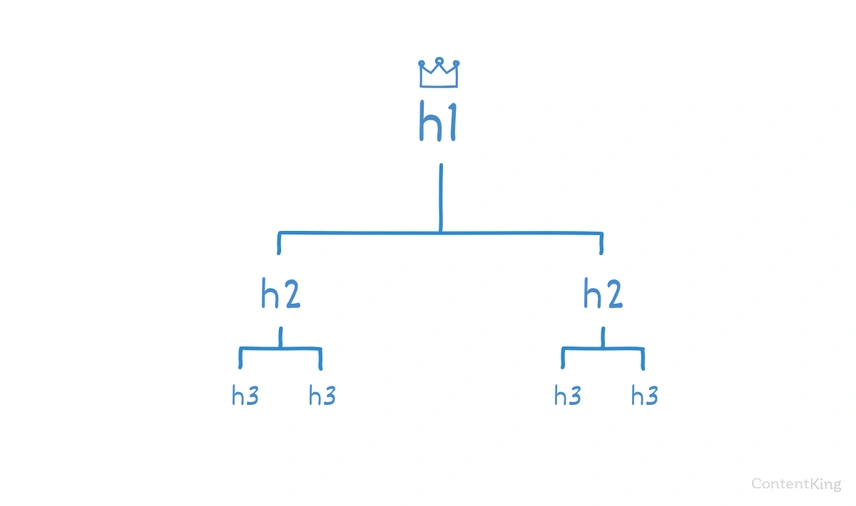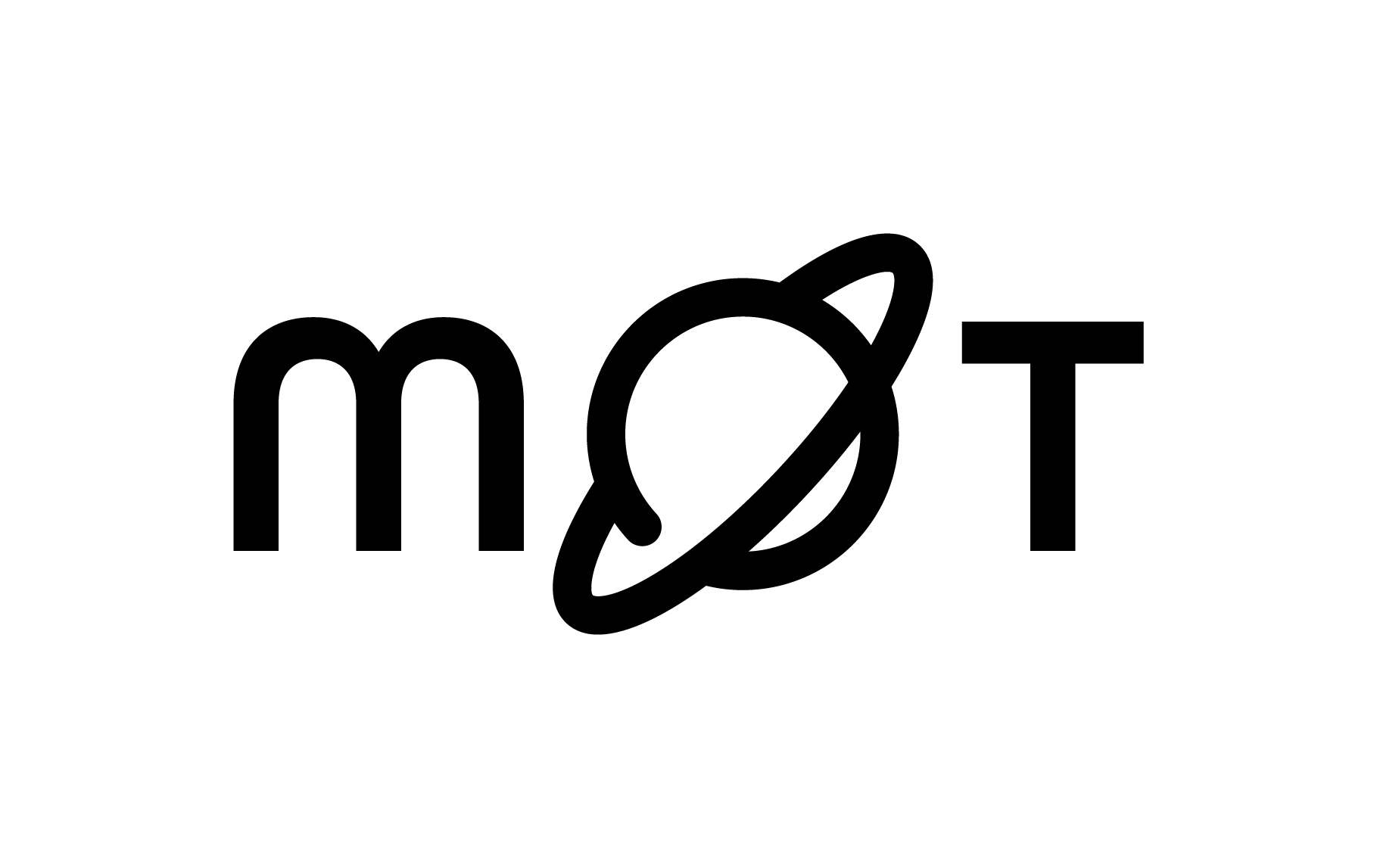Return back to the Writer's Guide
All articles on MoT must follow this structure:
- Article Title: Your title must be catchy, clear and attention-grabbing
- Introductory Paragraphs: Make your introductory paragraphs count. It should tell your readers what your article is about. Don’t leave cliff hangers, your introductory paragraph should contain all the answers.
- Headers/Subheaders: All key points that you’d like to make in your article should have their own section and header/subheader. Headers and subheaders must be catchy, clear and attention-grabbing. A reader should be able to establish what your article is about at a glance.
- Content: All content should be written in short paragraphs and sentences. Use bulleted or numbered points to note steps, prompts, or takeaways for the reader. Use bulleted or numbered points for all lists.
- Summary/Conclusion: This section should wrap up your article, tie up loose ends and discuss ‘the future’ where appropriate. Your header for this section must not be ‘summary’ or ‘conclusions’, be creative and come up with a catchy heading.
- References: Your references should have a consistent format and include all resources that you hyperlink to, or refer to throughout your article. Examples:
1. Title of Book, Author(s) name, Page number
2. Purdue Online Writing Lab
3. A Tale of T-Shaped Engineers (video)
MoT Style
Below is a list of MoT’s style standards for the writing and design of articles published on MoT:
Formatting
- Create simple but catchy headings/subheading.
- Use "sentence case" for titles. Usinglowercase most words in a title or heading. Capitalize only the following words:
- the first word of the title or heading/subheading
- the first word after a colon, em dash, or end punctuation in a heading/subheading
- proper nouns
- A page starts with the
H1 heading, followed by anH2 headingand — should you need another sub-section — it can be followed by anH3 heading. If you need more sub-sections, you can even addH4-H6 subheadings.
In the illustration below, we're using three heading levels:
Use bulleted or numbered points for all lists.
All quoted material should be in “quotes”.
Tables are not supported on our site
All text must be left aligned
KISS (Keep it simple, stupid) Principle
Don't hang prepositions on verbs.
Good Example: “Where is she?”
Bad Example: “Where is she at?”
Don’t use big words when small ones will do.
Good Ex: She tested her sample choices…
Bad Ex: She experimented with her sample choices…
Cliffhangers are for Fiction: questions should have answers.
Answer questions in the same paragraph you have written them into.
Make sure all questions are answered or given adequate enough answers to allow the reader to understand.
Test whether questions should/could be statements instead.
Images
All images must have alt text and a caption.
- Code
Avoid using images of code so that users can easily copy and implement learning.
Do not use code blocks in Google Docs when pasting code in Google Docs
Other tips:
Keep paragraphs short, with just one idea per paragraph.
Keep sentences short.
Put keywords as close to the start of headings/subheadings as possible.
Use bulleted or numbered points to note steps, prompts, or takeaways for the reader.
Address your reader as ‘you’.
Avoid slang, idioms, jargon and colloquial phrases where possible.
Hyperlinks in articles should be used to help direct the reader to other materials. We’d appreciate it if you check whether MoT has a link you can use to cover that subject.
All hyperlinks should be referenced in the ‘References’ section of your article.
Check the spelling, grammar and style (extra grammar help, e.g. Hemingway app, Grammarly).
See links below for further guidance on style, punctuation and how to present code:
Punctuation Guide: https://www.thepunctuationguide.com/
Google Code style guides: https://github.com/google/styleguide
Now you've got an article with a solid structure, check out our tips on ways to improve your article.
